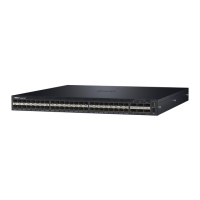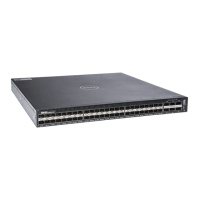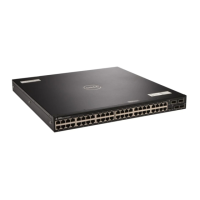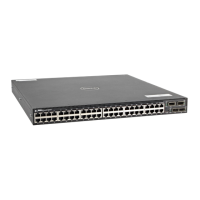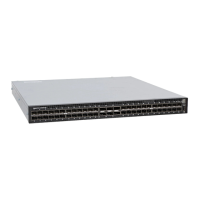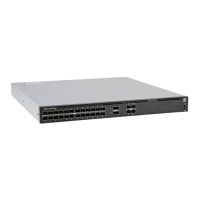Maintenance Points
Domains are comprised of logical entities called maintenance points.
A maintenance point is an interface demarcation that confines CFM frames to a domain. There are two types
of maintenance points:
• Maintenance end points (MEPs) — a logical entity that marks the end-point of a domain.
• Maintenance intermediate points (MIPs) — a logical entity configured at a port of a switch that is an
intermediate point of a maintenance entity (ME). An ME is a point-to-point relationship between two
MEPs within a single domain. MIPs are internal to a domain, not at the boundary, and respond to CFM
only when triggered by linktrace and loopback messages. You can configure MIPs to snoop continuity
check Messages (CCMs) to build a MIP CCM database.
These roles define the relationships between all devices so that each device can monitor the layers under its
responsibility. Maintenance points drop all lower-level frames and forward all higher-level frames.
Figure 4. Maintenance Points
Maintenance End Points
A maintenance end point (MEP) is a logical entity that marks the end point of a domain.
There are two types of MEPs defined in 802.1ag for an 802.1 bridge:
• Up-MEP — monitors the forwarding path internal to a bridge on the customer or provider edge. On Dell
Networking systems, the internal forwarding path is effectively the switch fabric and forwarding engine.
• Down-MEP — monitors the forwarding path external another bridge.
802.1ag 101
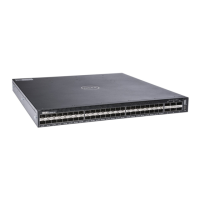
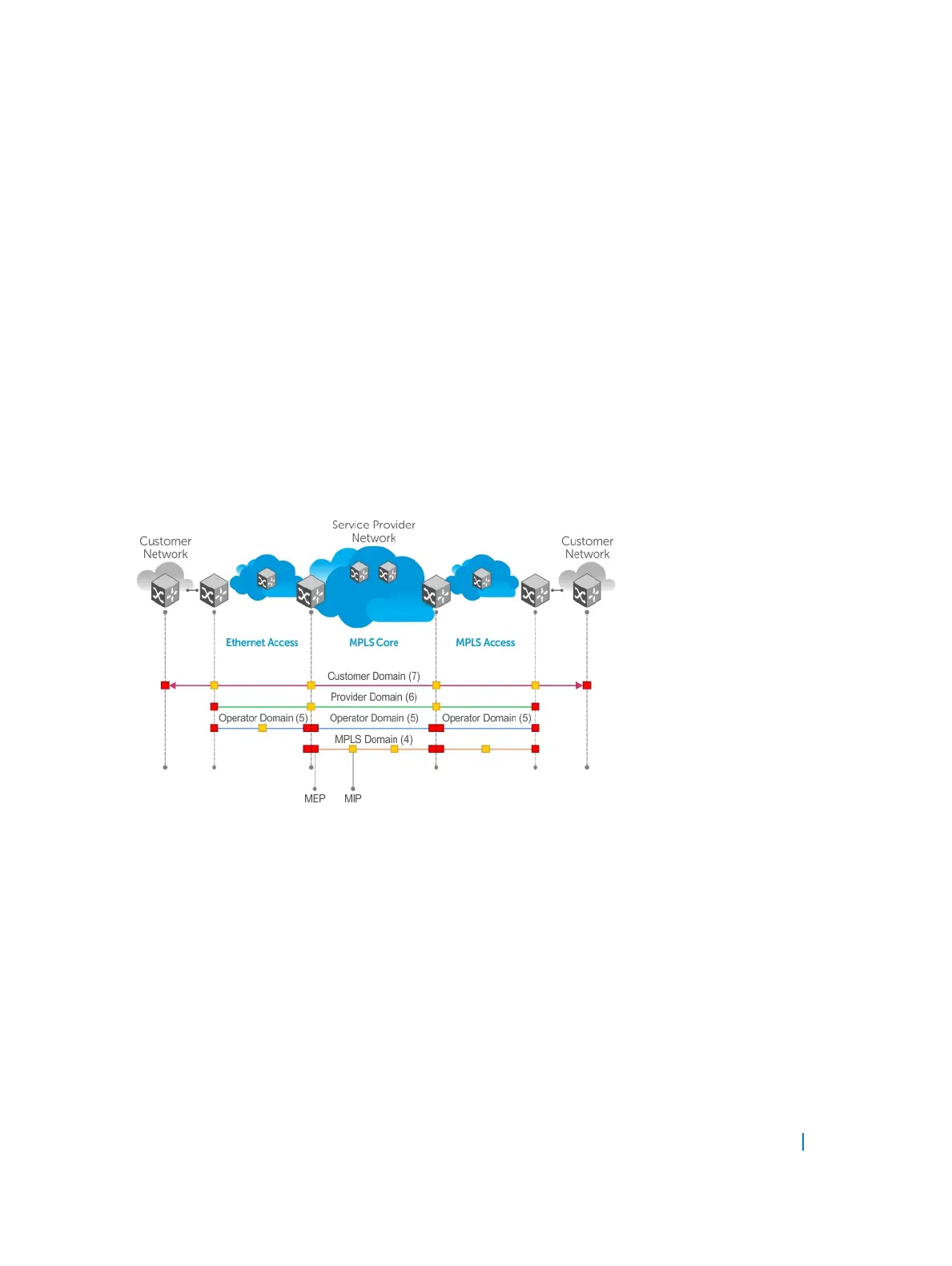